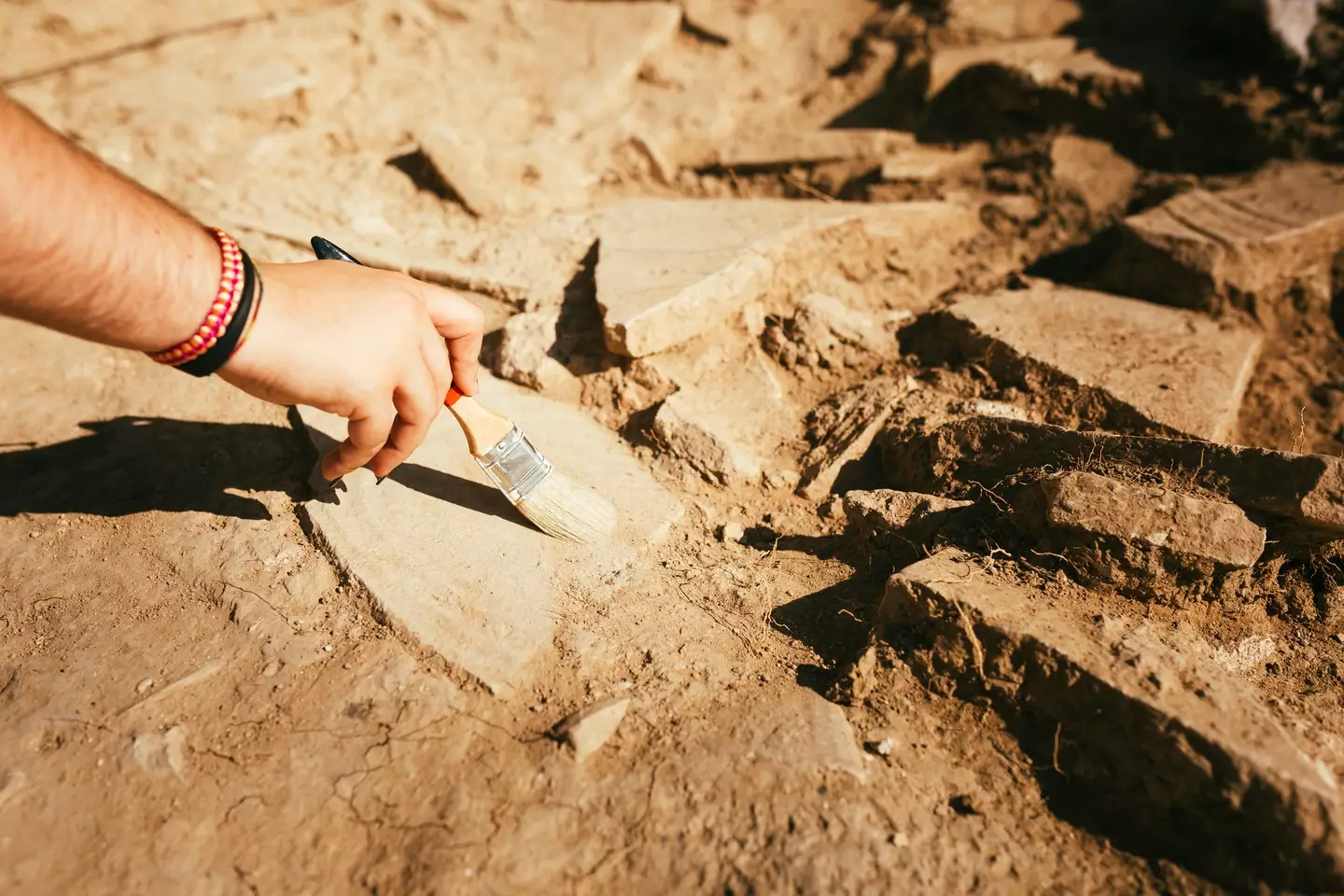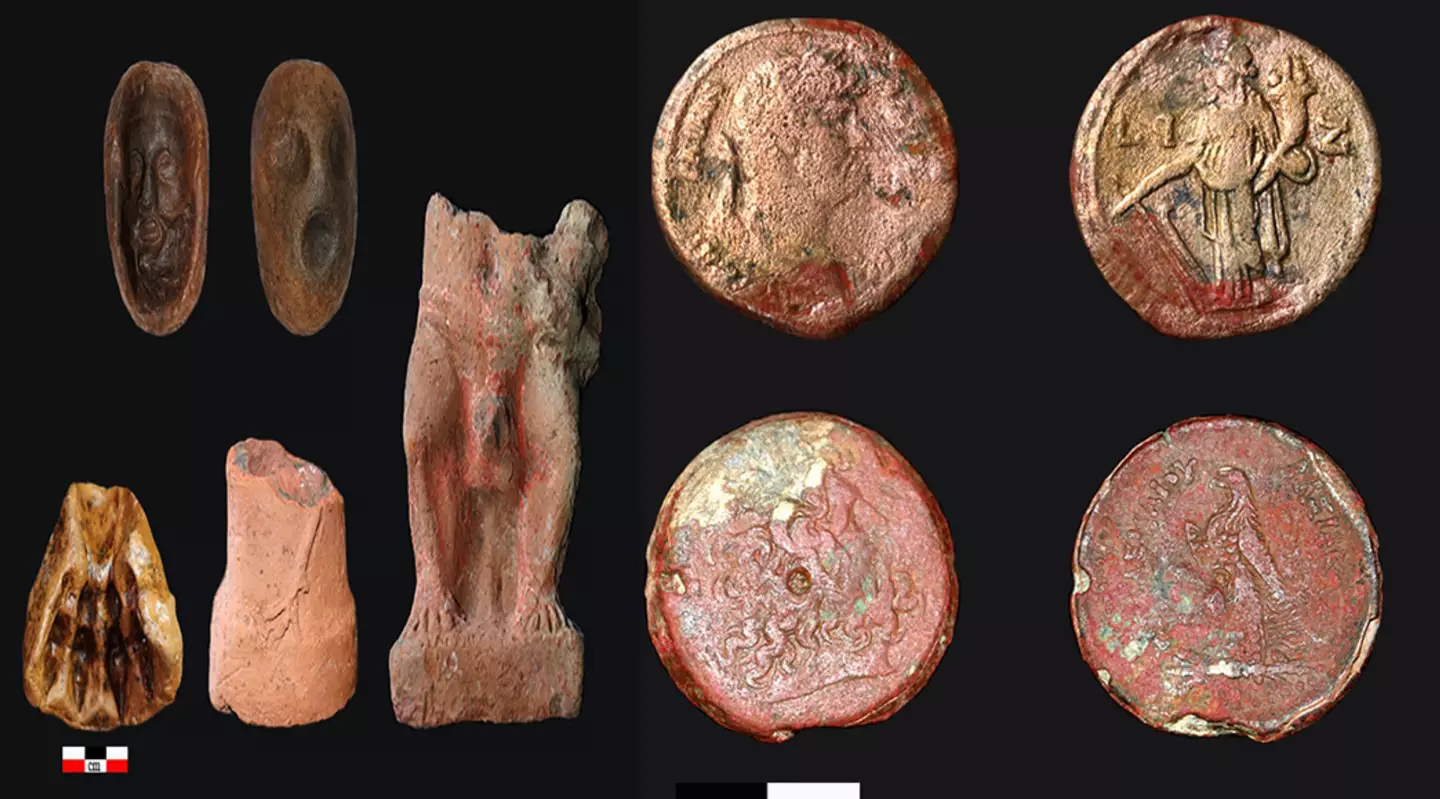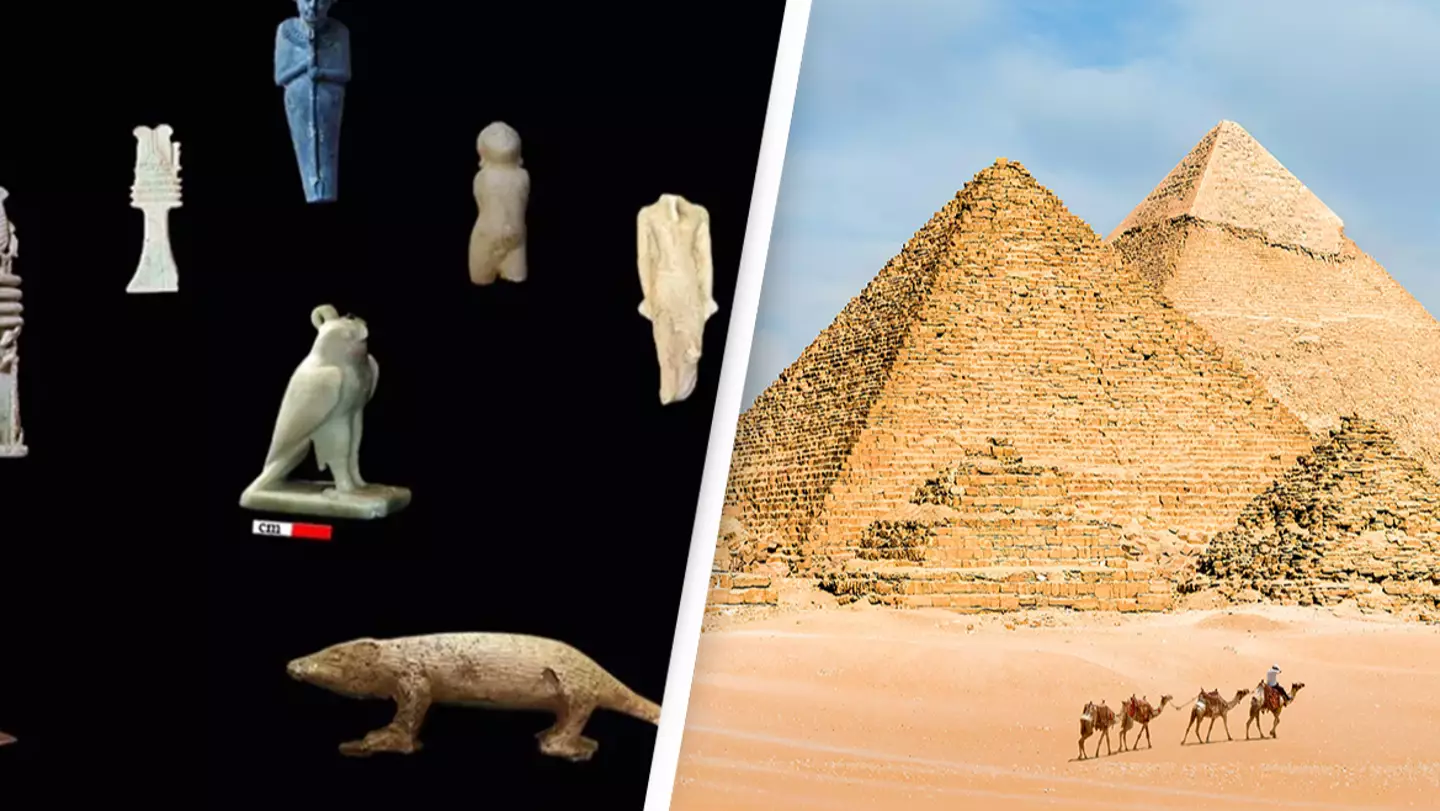Archeologists have potentially uncovered the earliest known astronomical observatory.
During excavation efforts in the ancient city of Buto, now called Tell Al-Faraeen, a team discovered an L-shaped mud-brick building.
Initially, they thought they had come across an ancient temple because the structure resembled a monumental gate of an Egyptian temple, also known as a pylon.
As the excavation progressed, the archeologists found artefacts and inscribed symbols related to time and astronomy.

Researchers then discovered a slope stone sundial, also known as a sloping shadow clock, leading them to announce that the structure was actually a large observatory spanning over a quarter of an acre (850 square meters).
Another clue indicating the building’s function as an observatory rather than a temple was ‘a triad of pillars,’ which researchers believe ‘represent the ancient Egyptians’ tripartite division of time into seasons, months, and weeks’.
According to the Ministry of Tourism and Antiquities, the observatory is ‘the first and largest astronomical observatory building’ on record and would have been used to ‘observe and record astronomical observations and the movement of the sun and stars’.

Dr. Mohamed Ismail Khaled, Secretary-General of the Supreme Council of Antiquities, stated that the discovery ‘confirms the ingenuity and skill of the ancient Egyptians in astronomy since ancient times’.
Hossam Ghonim, director general of Kafr El-Sheikh Antiquities and head of the Egyptian archaeological mission, told Live Science: “Everything we found shattered our expectations.”
He further explained about the sundial they found: “Along the hall’s northern side, we discovered a slanted stone sundial – a sun shadow clock that used the shifting angles of the sun’s shadows to determine sunrise, noon, and sunset – a simple yet profound method.”

In addition to the sundial, researchers identified construction features that suggested alignments with the sun, Space.com reports.
For instance, three stone blocks on the ground were likely used to ‘take measurements of the sun’s location’.
The large building contained dozens of artefacts believed to be related to an astronomical observatory, such as a statue of the falcon-headed god Horus, a bronze figure of Osiris, and a beaded necklace known as a Menat.
Though the observatory was discovered three years ago, Egypt’s Ministry of Tourism and Antiquities only recently announced the news.

